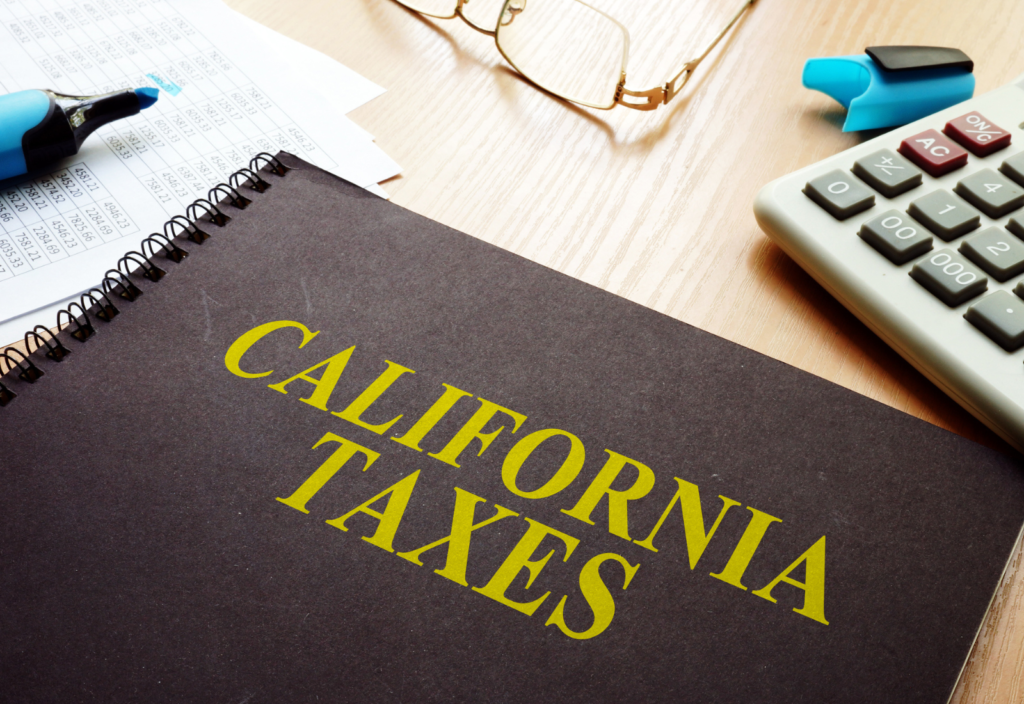California Cannabis Tax Holiday

Hilary Bricken takes a look at what happened in the Golden State
Author: Hilary Bricken
When it comes to cannabis ballot measures, a common promise is made to voters that the increased tax revenue from cannabis sales will go back into the community. Cannabis taxes are therefore unavoidable. So is the debate over how high those taxes should be. In turn, all states have their fair share of cannabis tax headaches. However, California stood alone on that front for years where the state could not get its act together to amend its draconian cannabis tax laws. That all just changed though. Let’s look at what happened.
Governor’s Cannabis Tax Proposal
Here’s a decent summary of California’s former cannabis tax situation. SB 1074 never moved out of the Senate. Back in May though, Governor Gavin Newsom gave some hope to operators when he announced his proposal to eliminate the current cultivation tax. Under Newsom’s proposal, to make up for that lost cultivation tax revenue, the state would raise the retail excise tax from 15% to 19% after three years, with some exceptions for a more immediate increase depending on industry revenue generation. Newsom’s proposal also shifts the tax collection burden from distributors to retailers starting next year. The main beef against lowering California cannabis taxes came from some of the groups currently funded in part by those dollars. See here for more on that.
California’s Cannabis Budget
California’s fiscal year begins in July. Just last week, the legislature approved a $300 million operating budget. It looked like the bulk of Newsom’s cannabis tax proposal didn’t make the cut. Instead, funds earmarked for cannabis items in the proposed budget go to things like track and trace, the Local Jurisdiction Retail Access Grant Program, the Cannabis Restoration Grant Program, and the Center for Medicinal Cannabis Research in San Diego.
Cannabis Trailer Bill
What’s the deal then when it comes to California cannabis tax relief? The real reform comes to us in a simultaneous trailer budget bill. A summary of the proposed trailer bill language (from the proposed budget) follows Newsom’s May proposal where the bill:
(1) sets cannabis cultivation tax rate to zero; (2) keeps the cannabis excise rate at 15 percent for three years; (3) allows the California Department of Tax and Fee Administration, in consultation with the Department of Finance and the Department of Cannabis Control, to adjust the cannabis excise tax rate every two years that would capture revenues equivalent to the cultivation tax; (4) requires an economic study that measures the impacts of tax reform on revenues; (5) sets the minimum baseline for Allocation 3 at $670 million; (6) provides tax relief for equity operators; (7) adds additional enforcement tools against the illicit cannabis market and worker protections, including enforcement of labor peace agreements; and (8) sets aside $150 million General Fund to backfill any revenue loss. Also includes tax credits for equity operators and high-road cannabis employers.
Cannabis taxes finally change
On June 30, Newsom signed the trailer bill (AB-195) into law. This means that effective July 1, 2022, the cultivation tax is gone. The excise tax will continue to stay at 15% for now, while the mark-up rate for arm’s-length transactions will drop from 80% to 75% before recalculation on January 1.
Industry feedback on Newsom’s tax reform was well received at first. But over time it may be that industry players are just going to face a new series of tax headaches. By removing the cultivation tax and upping the excise tax over time, the state will just shift the heavy tax burden between licensees without any kind of meaningful tax decrease to help either the majority of operators or consumers. The tax pain point will simply move to retailers rather than cultivators. And if higher excise taxes lead to higher retail prices, retailers will have an even worse shot of competing with untaxed illegal operators.
Don’t get me wrong–this is a good first step in the right direction to fostering a more livable market for cannabis businesses. The state is also planning to throw more money at enforcement against the illegal market where lowering taxes is just not enough to prop up California’s ailing licensed industry. If there’s no consistent enforcement against illegal operators, the long-term success of licensees will still be in serious question. Further, the funding of the Local Jurisdiction Retail Access Grant Program will undoubtedly help cities and counties expand the industry’s retail footprint.
We’ll keep you updated on the evolving California cannabis tax situation.
Source: Canna Law Blog




































